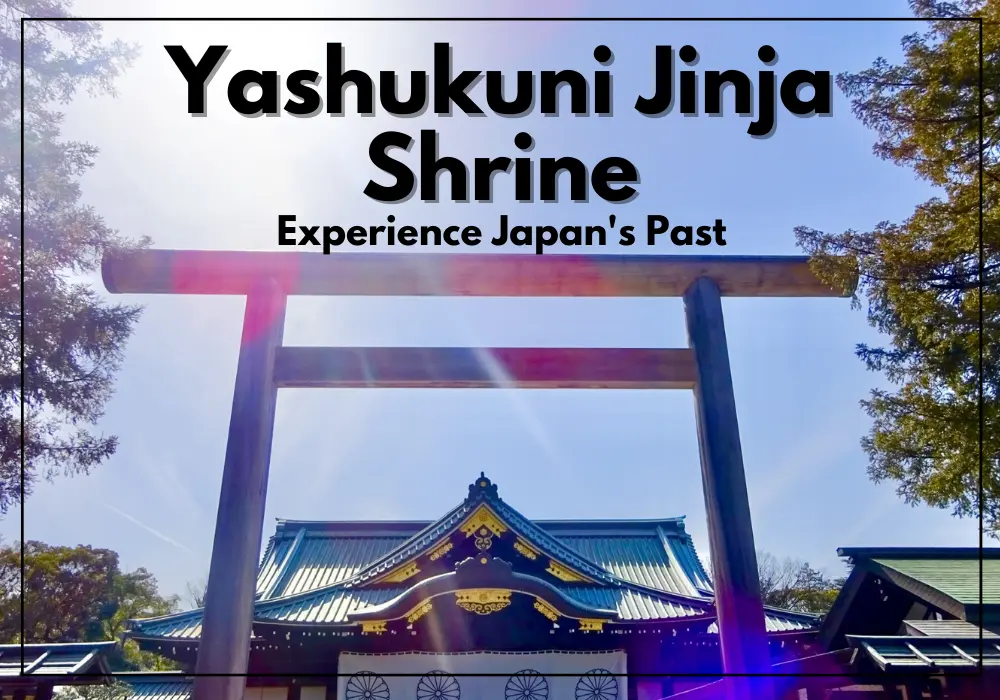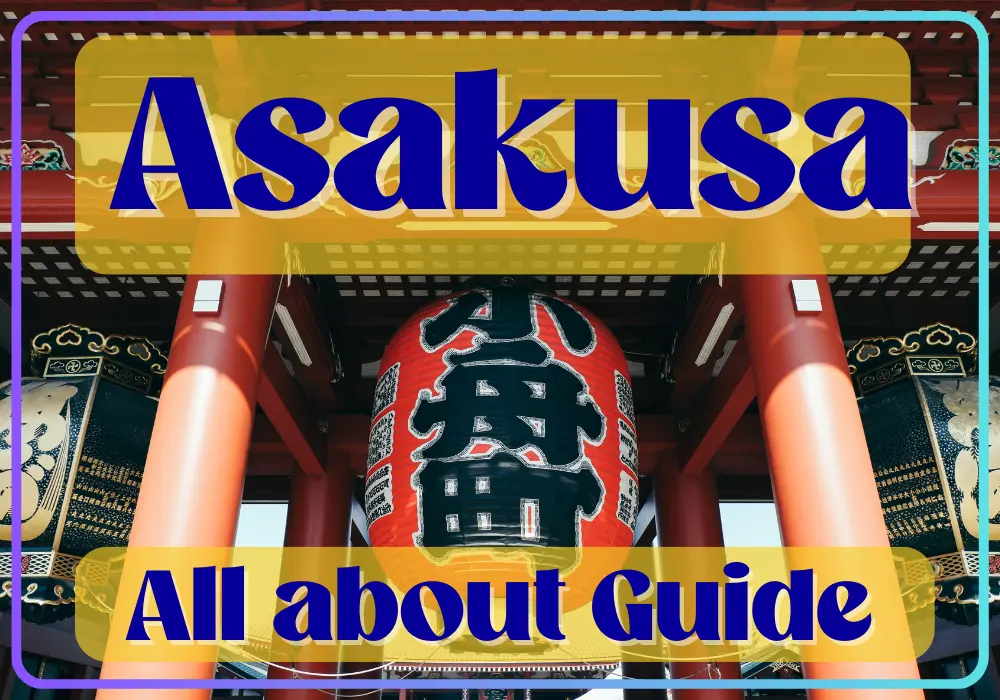Yasukuni Jinja Shrine is an essential place to deeply understand Japanese history and culture.
Located in the heart of Tokyo, Yasukuni Shrine was founded in 1869 and is known for honoring those who died in wars since the Meiji Restoration. It serves as an important site for understanding Japan’s war history and its impacts.
In this article, we will introduce the must-visit spots at Yasukuni Jinja Shrine, where visitors can experience Japan’s past in a quiet and solemn atmosphere.
Yasukuni Jinja
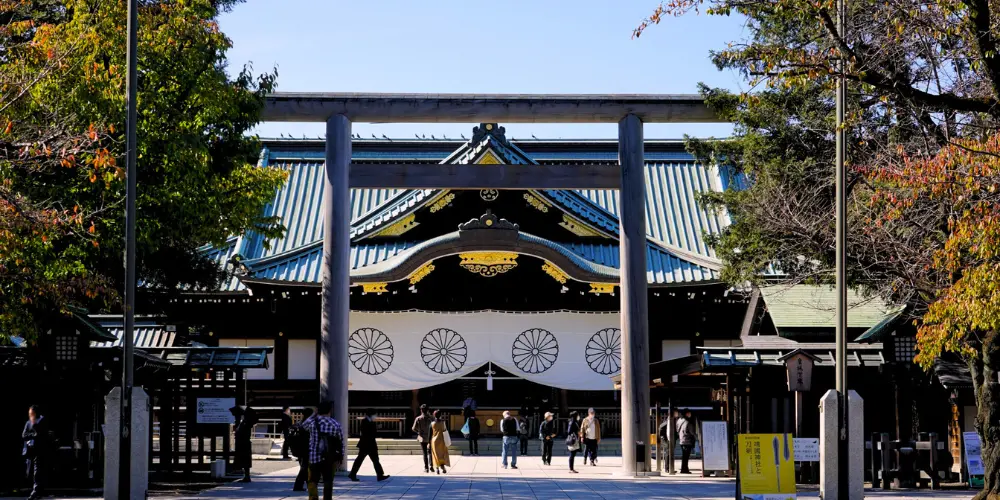
Beautiful
It’s beautiful. The shrine is dedicated to the respect of all those who died fighting for Japan from the Meiji Era onward. There is the shrine proper, the Yushukan a museum to preserve the memory of the kami, an archive, a beautiful garden and several monuments. The shrine is very important and there is a lot of people there during the day. The best time to be there is very early in the morning.
Beautiful and peaceful
Shrine itself is beautiful and peaceful. Inside the compound is a museum with deep understanding about Japan imperialism, and pay a respect to people who died to protect Japan. Some exhibit may causing concern and disturbing. If you are a historian this is the must.
Important place to visit
It’s the most important place to visit in Japan. The shrine represents Japanese soldiers’ involvement with wars. The shrine was built 150yrs ago. The War Museum is full of Japanese involvement with all the wars and the history of Japan. The place can not be missed.
From Google Review – Yasukuni Jinja
| Open Hours | 6:00 – 17:00 (November to February) 6:00 – 18:00 (March to October) 11:30 – 17:30 (New Year’s Eve, December 31st) |
| Official Website | https://www.yasukuni.or.jp/ |
Yasukuni Jinja Shrine is located in Kudankita, Chiyoda Ward, Tokyo.
Founded in 1869, this shrine is known for honoring those who died in wars from the end of the Edo period to the Greater East Asia War. It enshrines over 2,466,000 spirits. The precincts include the main hall, worship hall, and gardens, as well as facilities displaying relics and historical materials related to the enshrined deities. Additionally, it is famous for its approximately 500 cherry blossom trees.
The name “Yasukuni” embodies the desire for national peace and the construction of a peaceful nation. Every year in mid-July, the Mitama Festival is held, which is cherished as a summer tradition in Tokyo, attracting many visitors.
Highlight of Yasukuni Jinja Shrine
Yasukuni Jinja Shrine offers a profound experience of Japan’s past history and culture. Known for honoring those who died in wars from the end of the Edo period to the Greater East Asia War. It also features beautiful gardens, cherry blossom trees, and valuable historical exhibits.
This section will highlight the must-see points at Yasukuni Jinja Shrine.
Daiichi Torii (First Torii Gate)
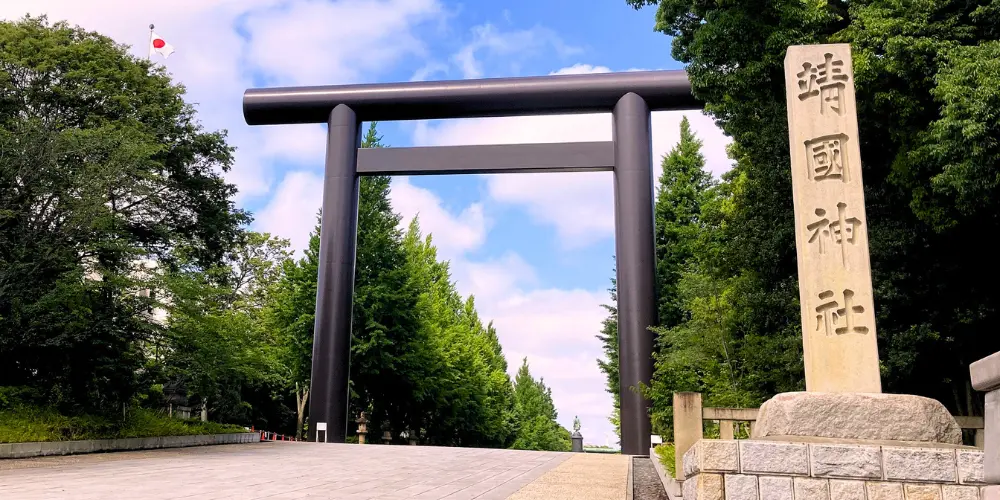
When you visit Yasukuni Jinja Shrine, the first thing you will see is the “First Torii Gate.” Its immense size will astonish everyone.
The pillars are 25 meters high, the upper horizontal beam (kasagi) is 34 meters long, and it weighs an incredible 100 tons. This torii, rebuilt in 1974 with donations from comrades-in-arms, is one of the largest in Japan.
Moreover, the torii is designed to withstand an earthquake of 7 on the Japan Meteorological Agency seismic intensity scale and wind speeds of 80 meters per second, giving it an expected lifetime of 1,200 years.

Statue of Omura Masujiro
The statue of Omura Masujiro at Yasukuni Jinja Shrine, Japan’s first Western-style bronze statue, was completed in 1893 and became a new Tokyo landmark. Omura, known as “the father of the Japanese Army,” decided to build Shokonsha, the precursor to Yasukuni Shrine, but died in 1869 at the age of 47.
The Daini-Torii Gate (Second Torii Gate) and Shinmon (Sacred Gate)

The Second Torii, built in 1887 (Meiji 20), is the largest bronze torii in Japan. Its impressive presence is overwhelming to behold.
Passing through the Second Torii, you will encounter the Shinmon (sacred gate) of Yasukuni Jinja Shrine. This gate was constructed in 1934 (Showa 9). The doors are 6 meters high and are adorned with the shrine crest, the “Sixteen-Petaled Chrysanthemum,” which has a diameter of 1.5 meters.
During the cherry blossom season, you can enjoy the beautiful scenery as cherry blossom petals flutter through the Shinmon from the inner garden.
Chumon Torii Gate
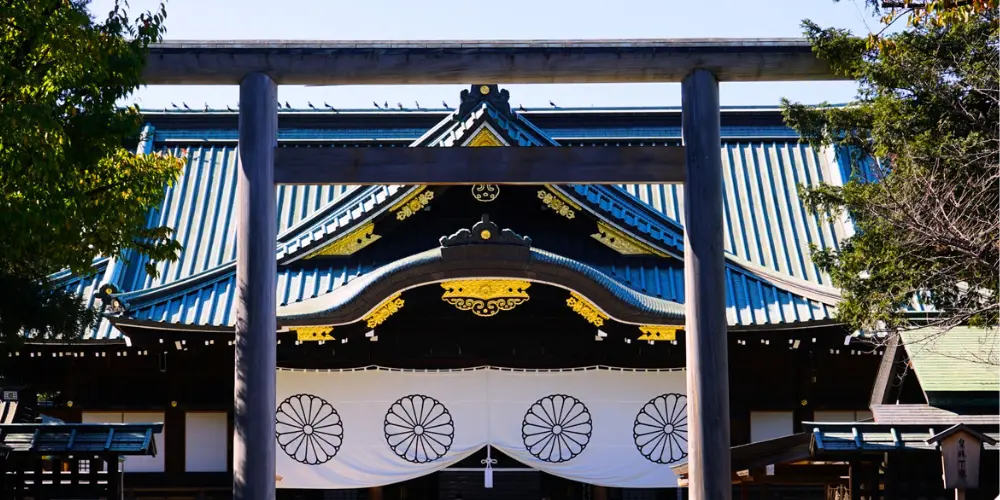
After passing through the Second Torii and the Shinmon, you will see the Chumon Torii Gate standing in front of the Main Shrine.
A gate with doors once stood here, but it was replaced with the current torii in 2006 (Heisei 18). This torii was donated by the Buddhist organization Bussho Gonenkai Kyodan and is made from cypress wood from Saitama Prefecture, which is said to have been about 500 years old when harvested.
Haiden(Main Hall) and Honden(Main Sanctuary)

Haiden(Main Hall), with its beautiful curves, was built in 1901. The roof was renovated in 1989.
In front of the hall stands a wooden offering box where visitors come to pay their respects. General worship takes place from this hall, which is both grand and impressive in scale.
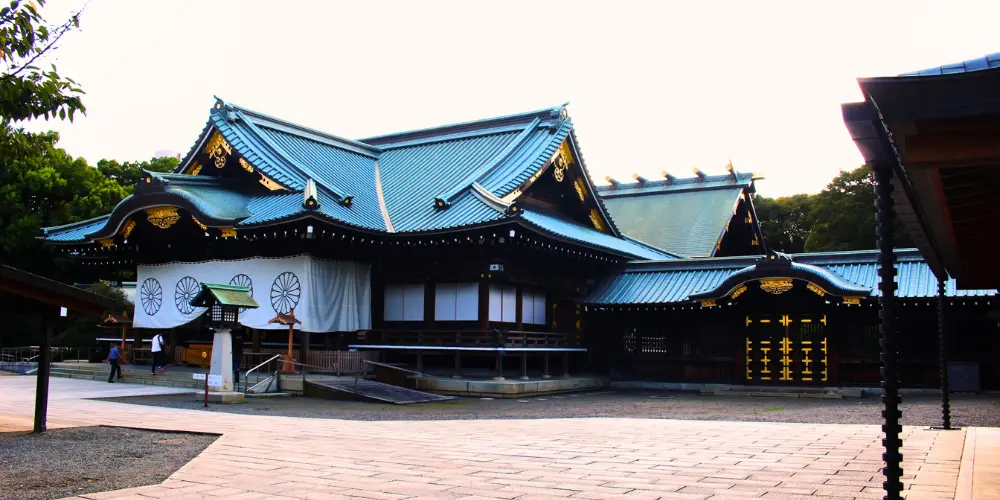
Honden, the Main Sanctuary, located behind the worship hall, was built in 1872.
Renovations began in 1986 and took three years, restoring it to its original state in 1989. Those wishing for a formal worship can do so at the Main Sanctuary. Enshrined within the Main Sanctuary are over 2,466,000 spirits from the end of the Edo period to the Greater East Asia War.
Shinchi Teien (Sacred Pond Garden)

Behind the worship hall and the Main Sanctuary lies the Shinchi Teien (Sacred Pond Garden), offering a very spacious and serene environment.
The garden is beautifully decorated with seasonal flowers and fresh greenery, and lively koi fish swim energetically in the pond. Visitors can also relax on benches while gazing at the pond, making it a perfect spot for a peaceful rest.
Many visitors leave right after their worship, so when you visit Yasukuni Shrine, be sure to take a stroll to the Shinchi Teien behind the Main Sanctuary.
Yushukan Museum
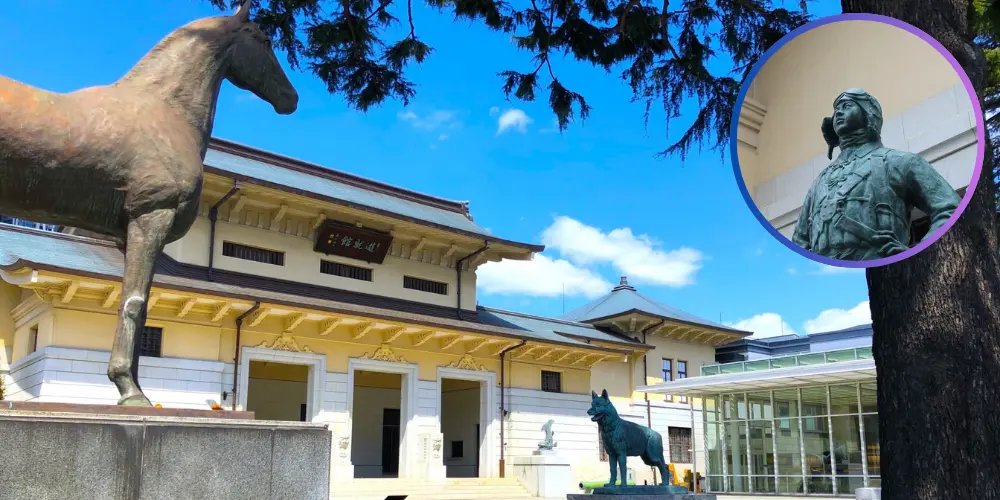
| Visiting Hours | 9:00 a.m.-4:30 p.m. Last entry is 30 minutes before the museum closing time. |
| Official Website | https://www.yasukuni.or.jp/english/yushukan/ |
| Admission fee | Adults: 1,000 yen University students: 500 yen(including junior college and vocational school students, etc.) Senior/junior high school students: 300 yen Elementary school age and younger: Free |
Yushukan preserves and exhibits valuable relics of the spirits enshrined at Yasukuni Shrine, who sacrificed their lives since the late Edo period, as well as historical materials related to various wars, armor, and treasures. By viewing these exhibits, visitors can gain insight into the history of modern Japan. Please visit and immerse yourself in the history.
The name “Yushukan” is taken from a passage on the encouragement of learning in the Chinese classic Xunzi. This name reflects the museum’s purpose as a place to become familiar with the stories of those who sacrificed their precious lives for their country and to learn from them.
Access to Yasukuni Jinja Shrine
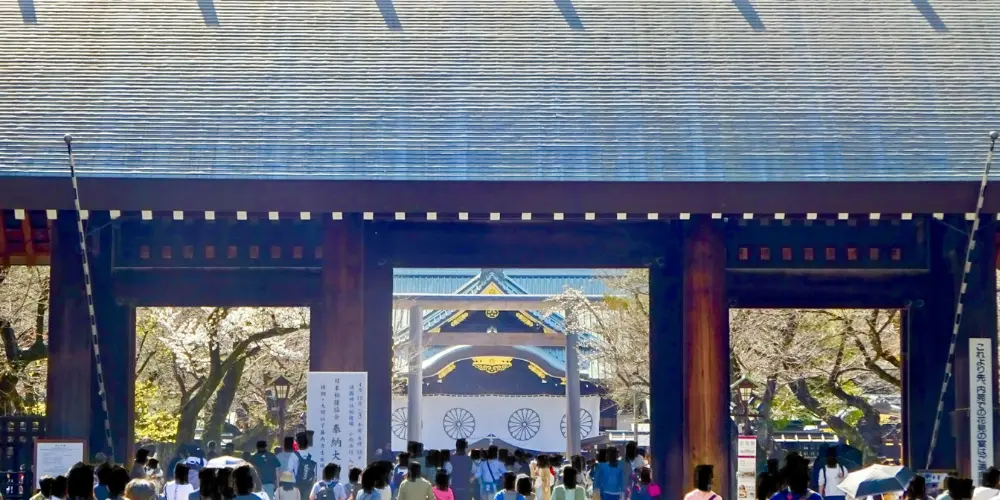
Yasukuni Shrine is conveniently located and easily accessible by various modes of transportation.
By Train
From JR Sobu Line, it is a 10-minute walk from either Iidabashi Station (West Exit) or Ichigaya Station.
If you are using the Tokyo Metro Tozai Line, Hanzomon Line, Yurakucho Line, Namboku Line, or the Toei Shinjuku Line, it is a 5-minute walk from Kudanshita Station (Exit 1), or a 10-minute walk from Ichigaya Station (Exit A4) or Iidabashi Station (Exits A2, A5).
By Bus
Take the Kudan-shita to Takadanobaba line and get off at Kudan-shita Stop, from where it is a 1-minute walk.
Yasukuni Shrine is conveniently located and easily accessible by various modes of transportation.
